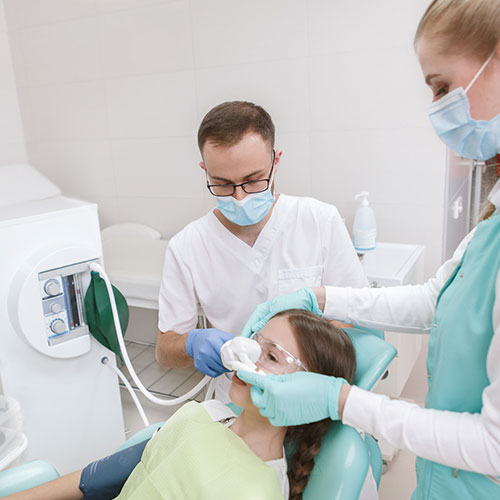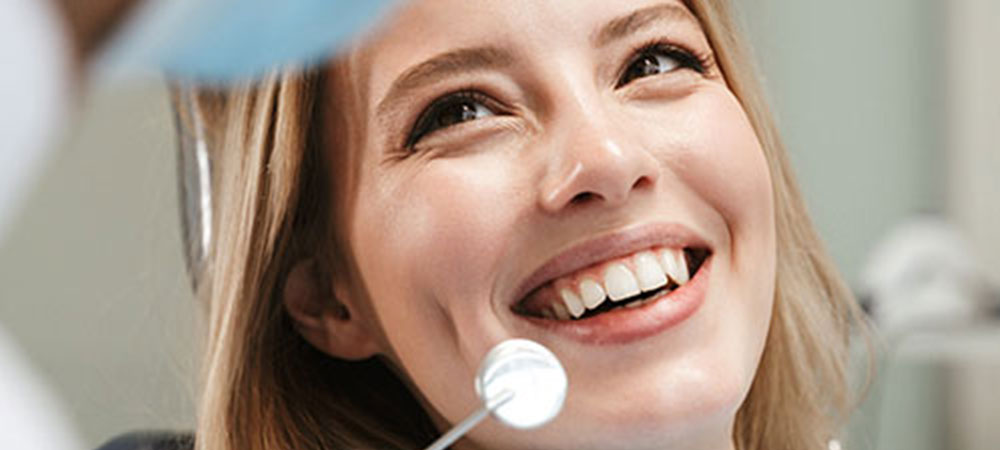Dental sedation uses different medications and delivery modalities to help patients relax while undergoing treatment. While some may view this as an added cost, dental sedation services are worthwhile to ease anxiety and fear.
Dental fear is more common than you might think. According to studies, up to 40% of Australians fear going to an oral professional, while dental phobia affects five percent of the population. Avoiding dental visits is a serious issue because it worsens oral problems. Left unaddressed, these cases will require extensive treatments that may aggravate the fear or drastically increase restorative costs. Either way, patients are the ones who suffer.
As with other health issues, prevention is better than cure in dentistry. That said, detecting and addressing oral problems before they worsen is crucial. If you, your kid, or someone you know suffers from dental fear, consider dental sedation services to stay comfortable.
This article discusses dental sedation basics, including the delivery methods, levels of effectiveness, dental sedation costs, and the procedure’s common side effects.

Dental Sedation Services Explained
Dental sedation is also popularly known as sleep dentistry, although this isn’t technically accurate. Patients undertaking this procedure stay awake unless general anaesthesia has been administered. While conscious, an individual will become sleepy yet feel no pain. As such, twilight sedation is the better term for such a procedure.
Before getting into the cost of dental sedation, patients must understand how it works. For instance, there are different sedation levels and administration modalities, and the ideal solution for each patient will impact its cost.
IV sedation delivers the sedative via the bloodstream, allowing it to take effect more quickly. Among the most commonly-used sedatives for this procedure include:
Three Levels of Sedation
Dental sedation comprises three levels, depending on the patient’s needs. A licensed anaesthesiologist will assess the sedation type required by an individual.
How Is Dental Sedation Administered?
Licensed anaesthetists or anaesthesiologistsare responsible for administering dental sedation. They’re state-certified medical doctors specialising in pain, airway, and fluid management procedures. These medical practitioners are skilled at delivering all types of anaesthetic and sedation techniques for patients across all settings.
A few dental clinics have in-house anaesthetists, while some contact third-party service providers to deliver any of the following:
Oral sedation
As the name implies, oral sedation lets a patient ingest a tablet or liquid mixture about an hour before the dental treatment. This is a good option for those who would rather skip injections. While typically used to address mild anxiety and panic attacks, oral administration is also possible for deep sedation.
Inhaled sedation
This sedation deliveryrelies on nitrous oxide, or happy gas, to let patients relax and stay comfortable. Nitrous oxide replaces the air in a patient’s lungs and temporarily prevents oxygen from filling your brain and blood. These cause a person to giggle, hallucinate, and become less sensitive to pain.
Intravenous sedation
This procedure directly injects the sedative into a patient’s body through an IV line. As such, this type of delivery is often recommended for patients with high dental anxiety or those undergoing drastic oral treatments. The anaesthetist will be present during the entire process and observe how your body reacts to the medication, closely monitoring your vital signs.
Patients receiving IV dental sedation will feel calm almost immediately, while some fall asleep. They will have little recollection of what happened while the medication was in effect. Sedated patients will likewise feel lightheaded and sleepy forhours following the procedure, so it’s best to have someone assist them after discharge from the clinic. Under no circumstances should a patient drive themselves home.
After sedation, a local anaesthetic is injected to eliminate pain sensitivity and numb the patient.

Dental Sedation Costs
So, how much does dental sedation cost? Generally, these services are reasonably priced and affordable. But as a quick reference, dental IV sedation costs are generally the most expensive, priced at a minimum of AUD$ 850 in most clinics. However, this figure isn’t conclusive since anaesthetists must assess a patient’s case first, identifying the ideal procedure, the required treatment time, and the patient’s sedation level requirement.
IV sedation aside, the average dental sedation cost across the country runs from AUD$600 to AUD$800, with longer-lasting sedation times costing the highest. Some dentists charge AUD$200 and AUD$400 for inhaled sedation.
You may also check with your provider, as some private health insurance usually covers these procedures, especially if the patient is about to undergo complex and significant dental work.
Wrapping Up
Because of dental sedation, patients can feel more comfortable and relaxed sitting on the dentist’s chair. As such, minor and major oral surgeries, extractions, and root canals can become pain-free for patients with anxiety, highly sensitive gums and teeth, or physical and behavioural problems.

